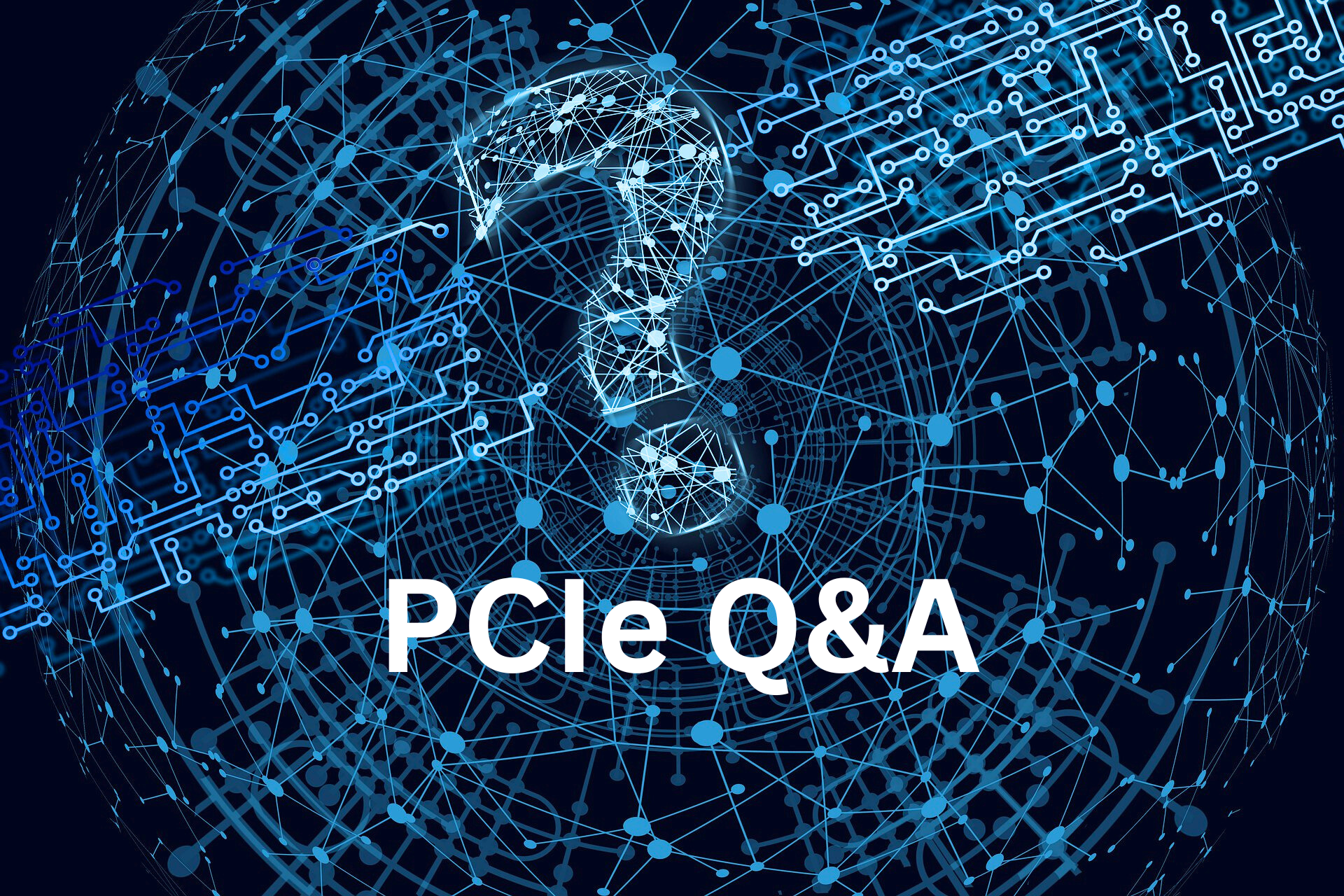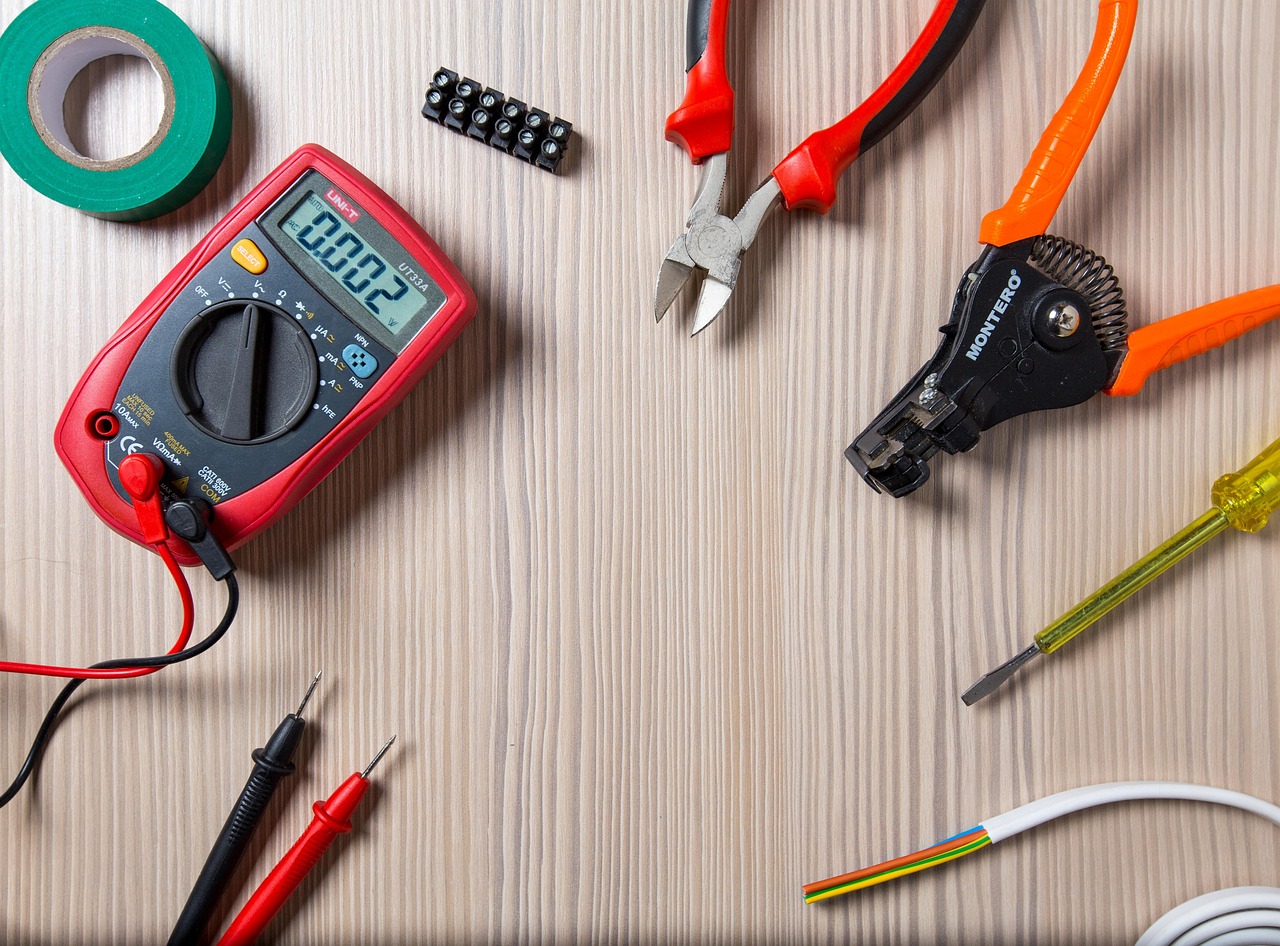It's been a bit of a bumpy ride for FCoE, which started out with more promise than it was able to deliver. In theory, the benefits of a single converged LAN/SAN network are fairly easy to see. The problem was, as is often the case with new technology, that most of the theoretical benefit was not available on the initial product release. The idea that storage traffic was no longer confined to expensive SANs, but instead could run on the more commoditized and easier-to-administer IP equipment was intriguing, however, new 10 Gbps Enhanced Ethernet switches were not exactly inexpensive with few products supporting FCoE initially, and those that did, did not play nicely with products from other vendors.
Keeping FCoE "On the Single-Hop"?
The adoption of FCoE to date has been almost exclusively "single-hop", meaning that FCoE is being deployed to provide connectivity between the server and the Top of Rack switch. Consequently, traffic continues to be broken out one way for IP, and another way for FC. Breaking out the traffic makes sense—by consolidating network adapters and cables, it adds value on the server access side.
A significant portion of FCoE switch ports come from Cisco's UCS platform, which runs FCoE inside the chassis. In terms of a complete end-to-end FCoE solution, there continues to be very little multi-hop FCoE happening, or ports shipping on storage arrays.
In addition, FCoE connections are more prevalent on blade servers than on stand-alone servers for various reasons.
- First, blades are used more in a virtualized environment where different types of traffic can travel on the same link.
- Second, the migration to 10 Gbps has been very slow so far on stand-alone servers; about 80% of these servers are actually still connected with 1 Gbps, which cannot support FCoE.















Leave a Reply